Inside the Jakarta Art Scene

Gallerist and collector Esti Nurjadin on technology, COVID-19 and Indonesia’s art market.
Esti Nurjadin has led one of Indonesia’s pre-eminent galleries, D Gallerie, for fifteen years, showcasing works by local female artists and elevating the global profile of emerging Indonesian talent. She shares her perspective on how COVID-19 has affected the art market, and why investment in technology is crucial for gallerists to stay ahead of the curve in a changing landscape.
Founded by her father, a collector of modern Indonesian art, in 2001, D Gallerie continues to exhibit the works of artists who have had prominent roles in shaping contemporary conceptions of Indonesian art. Over the last fifteen years, Esti’s leadership has expanded the gallery’s focus to include more experimental showcases of forward-thinking mediums including graffiti, photography, works on paper and engraved 3D objects.
By leveraging her global network and using her entrepreneurial savvy to champion new forms of art to Jakarta, Esti has become an esteemed patron of emerging and unconventional artists, constantly pushing the boundaries of Indonesia’s art market to introduce exciting new talent to the ecosystem. Since COVID-19, she has spearheaded D Gallerie’s tech-driven approach to exhibiting art, embracing new methods of connecting the art community and reaching emerging collectors, resulting in comparable sales to pre-pandemic years.
We spoke to Esti about her curatorial approach, forging global relationships with Indonesian artists abroad, Jakarta’s incomplete art ecosystem and the outsized role of private collectors, and the dynamics facing female artists in Indonesia.
Esti, tell us about your approach to curating art at D Gallerie.
In the Jakarta art scene, galleries often follow each others’ approach to curating. I don’t really follow what market trends dictate, but instead try to curate works that I would want to have as my own on display in my house.
For example, in 2010 I introduced photography to D Gallerie’s offerings by being one of the first gallerists in Jakarta to show a solo photography exhibition. At the time, many galleries avoided showing photography because it is not perceived as “fine art” and generally commands lower prices. It was an experiment to test the Indonesian market to see whether they were ready to embrace this medium, and it was very successful. Because of our approach to photography exhibiting, D Gallerie was selected as one of five galleries to show at Art Dubai for free in 2012.
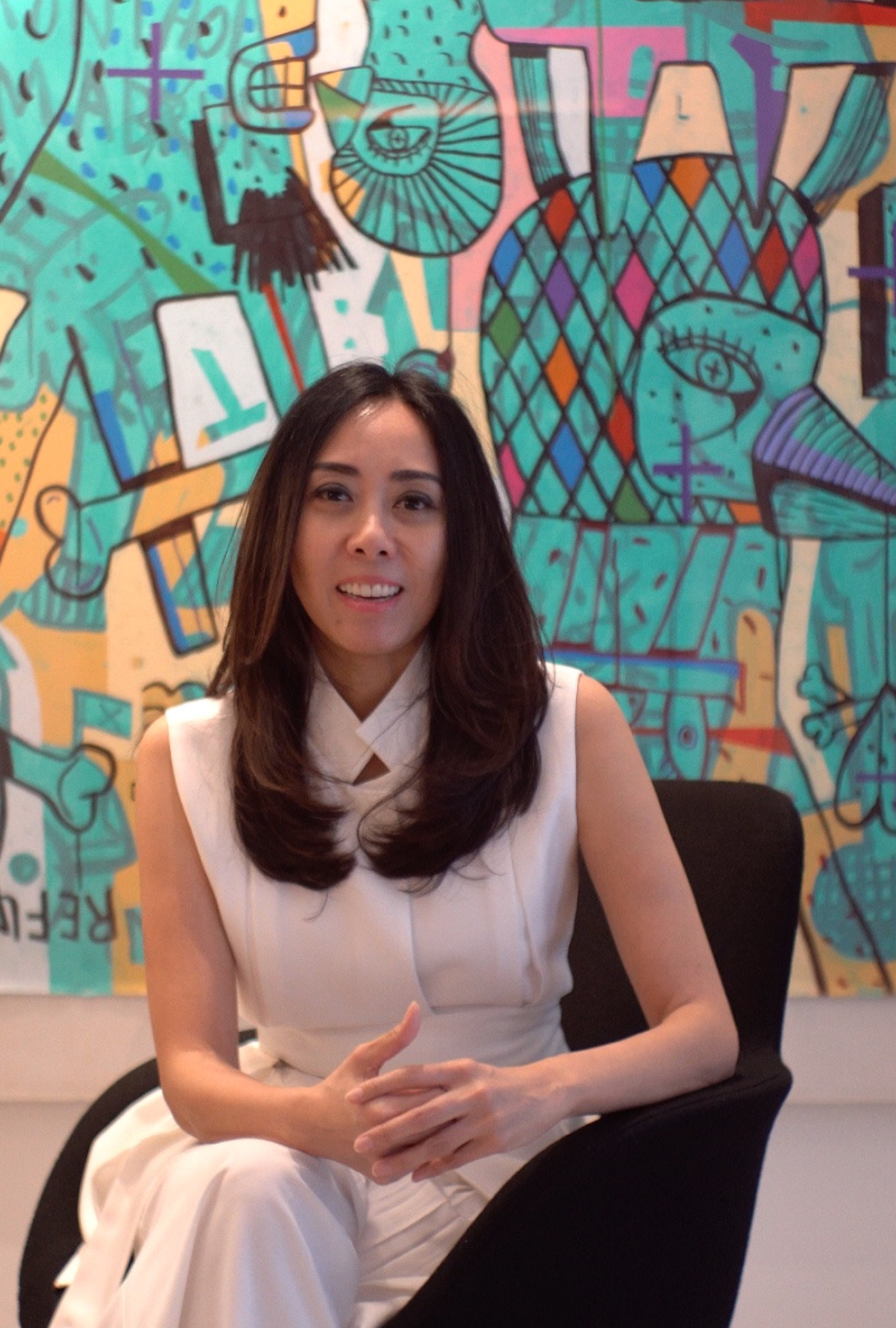
I know where I should direct the gallery, but also strive to balance that with what I’m seeing in the market. Sometimes it can be hit or miss, but as an entrepreneur that’s a risk you always have to take.
What has been one of the highlights of your career in art so far?
One of the highlights for me was a friendship I developed with a French-Vietnamese graffiti artist, Cyril Kongo, who is renowned for his work in France and across Asia.
I knew him back in 2008, but a friend told me that Cyril was thinking of coming to Jakarta to host a graffiti workshop and asked whether I could help provide him with a space. He used our gallery for the 2-day workshop and we’ve remained friends ever since. The project was a balance between taking risks, indulging my own interests and cultivating an existing friendship, which makes it something I’m really proud of.
What are your impressions of the Indonesian art market going into 2021? What trends should we be on the lookout for?
Several Indonesian artists are pursuing COVID-inspired works that are more accessible price-wise. Instead of creating a single big piece of art, they divide their work into several smaller pieces and sell it that way, rather than charging for one significant piece. I’ve seen quite a few mask-related “diary” pieces that seek to document the daily routines and restrictions (“day 1, day 2, day 3…”) as a result of COVID-19 in a granular way. While Jakarta is generally focused on painting, I’ve been trying to bring in more paper works, but it’s difficult to introduce paper as a type of art that has value in Indonesia. Also, the humid climate makes it harder to store works on paper than canvases.
Beyond that, it is unpredictable at the moment because COVID-19 has changed everything. The two most important art fairs in Jakarta and the Biennale were all cancelled last year, so it’s difficult to guess where trends are going.
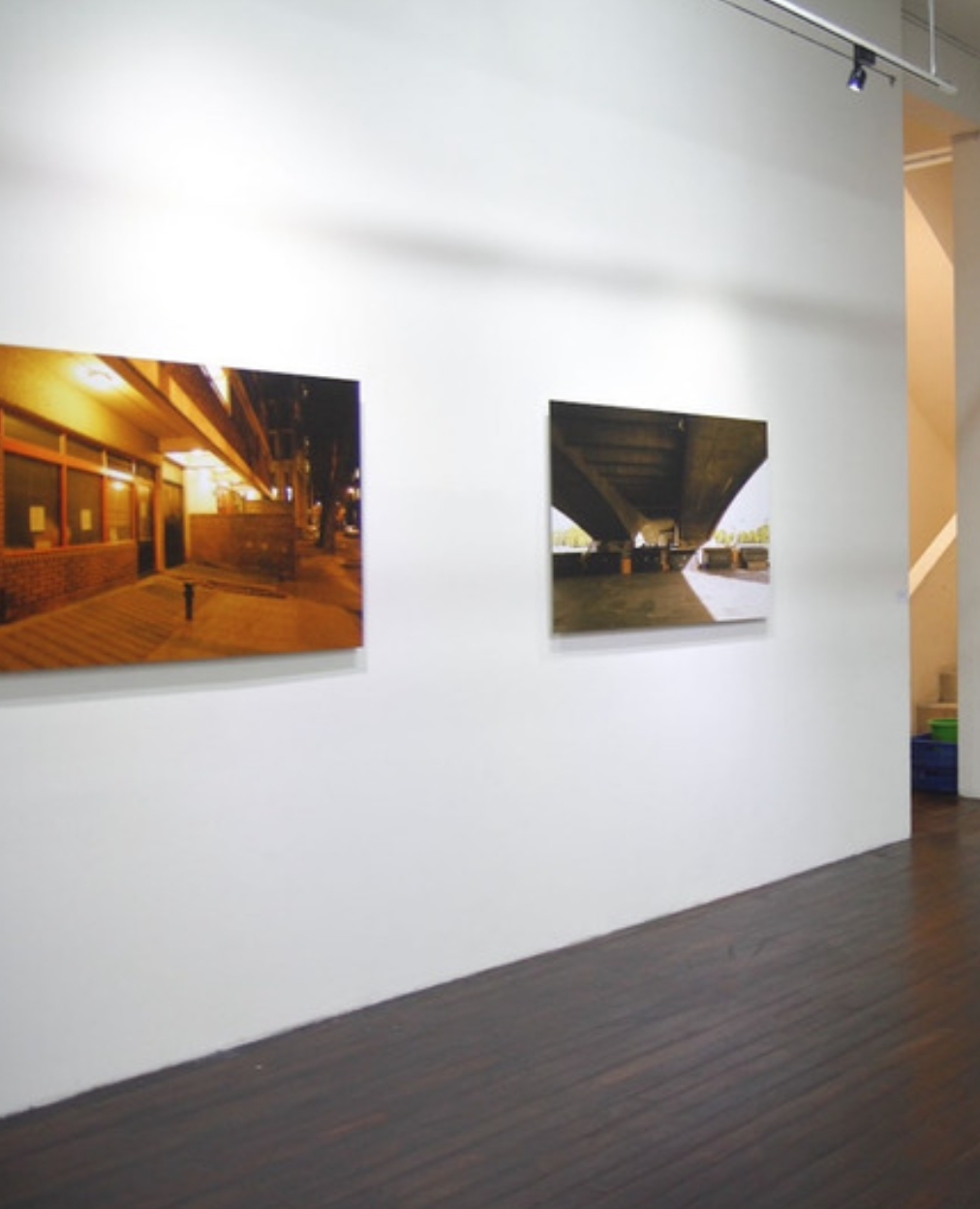
What is something that few people know about the Indonesian art market?
The art ecosystem is totally different here because our museums don’t function the way museums do in Europe, Australia or Singapore. Many artists here survive with the help of collectors or patrons. The goal for artists is for their work to be collected by certain collectors, rather than shown in a significant national gallery or museum. Because the ecosystem is incomplete without real art critics or museums that purchase works for their permanent collections, private galleries, collectors and art patrons are even more important
Unlike in China where the government recognizes that fine art is a commodity for the country, the Indonesian government doesn’t always see the museum as an important cultural aspect of the art market. Instead, they focus on native arts and crafts such as batik, ikat, bamboo and rattan goods for export, capitalizing on the economic and trade potential of Indonesian arts and crafts.

How does the nature of the Indonesian art market impact the approach of Indonesian artists?
Before COVID-19, young artists were much more mobile and active in joining residency programmes outside Indonesia, so they got to experience different art environments in Australia, Europe or the US. Most of them are of the mindset that if they don’t make it in Indonesia, they will look to break into a different art market abroad.
For example, Eddie Hara is a 64 year old graffiti artist based in Basel who used to live in the US. Growing up in Indonesia, his style wasn’t accepted by curators and museums, so he instead chose to venture elsewhere.
Similarly, Entang Wiharso is based in the US, and his work combines Indonesian wayang and Javanese gods and goddesses. His work was quite advanced for his time, and had he stayed in Indonesia he would’ve unlikely achieved success with local galleries and museums. Because he gained his reputation abroad, people were more receptive to his work here at home.
Another example is Octora, a young female artist of Chinese descent from Bandung, Indonesia. She is the first female artist I showed in my gallery, and her work speaks about her experience in the 1998 riots in Indonesia where a lot of Indonesian Chinese fled the country. She engraves her experiences of these events on sculpted torsos crafted from steel or aluminium, and is now based in Melbourne. Her work is so universal but you can see the Indonesian roots in her approach.
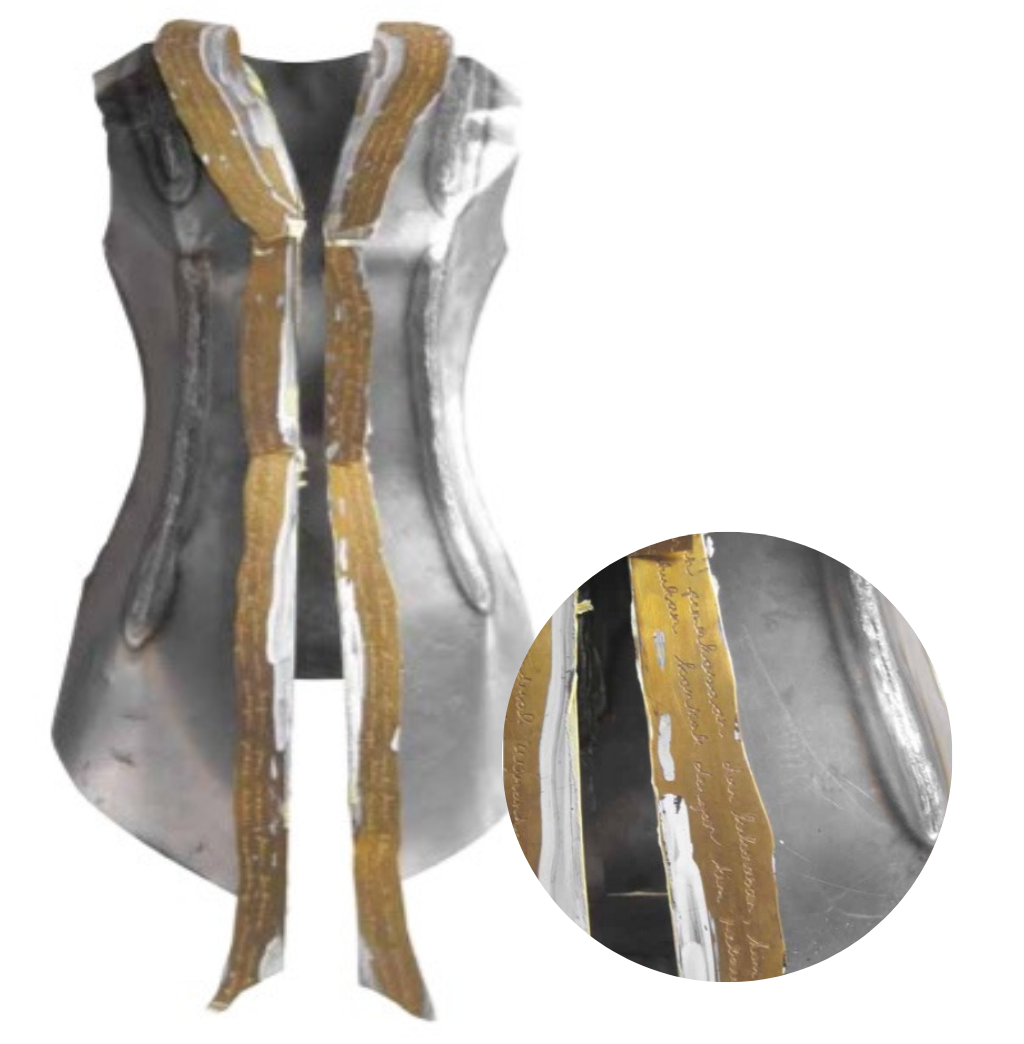
What differentiates Indonesian artists from those in the rest of the world?
The older generation of artists with Indonesian roots are more likely to incorporate wayang (a classical Javanese drama using shadows thrown by puppets) into their art in a more contemporary way, using new representations to nod to the cultural history of Indonesia in their work. However, emerging artists in the younger generation are much more similar to young artists in Singapore, Malaysia and around the world. Because of the internet, everyone is a global citizen and conveys messages more universally than ever.
Can you tell us a bit about female artists in Indonesia?
There are fewer female artists than male artists everywhere, not just in Indonesia, and they tend to be less privileged than their male counterparts. I see a lot of couples who are artists, and because they both have the same occupation, the wives – even if they are more successful – have to tone it down and let their husbands have a successful career instead. That’s very much how people perceive female artists in Indonesia.
This is why, since 2019, I’ve been trying to move more towards showing female artists. I hope that I can show women artists in more than half of our exhibitions. In 2020, 70% of the works D Gallerie showed were by female artists, so I want to keep up that proportion as much as I can.
What is your favourite piece of art by a woman artist in D Gallerie?
At the moment I’m showing a 72 year old artist, Nunung, whose work is currently on view at the Mori Art Museum in Tokyo. Her abstract painting style is incredible and so uncommon for an Indonesian woman of her age, as Indonesian painting is typically figurative in style. Her body of work is about space, both the physical and metaphysical spaces within us, and to represent space in an abstract colour composition the way she does is, to me, absolutely amazing. She’s always talked about space in her work by using abstract renderings made with charcoal or crayon on paper in rough strokes.
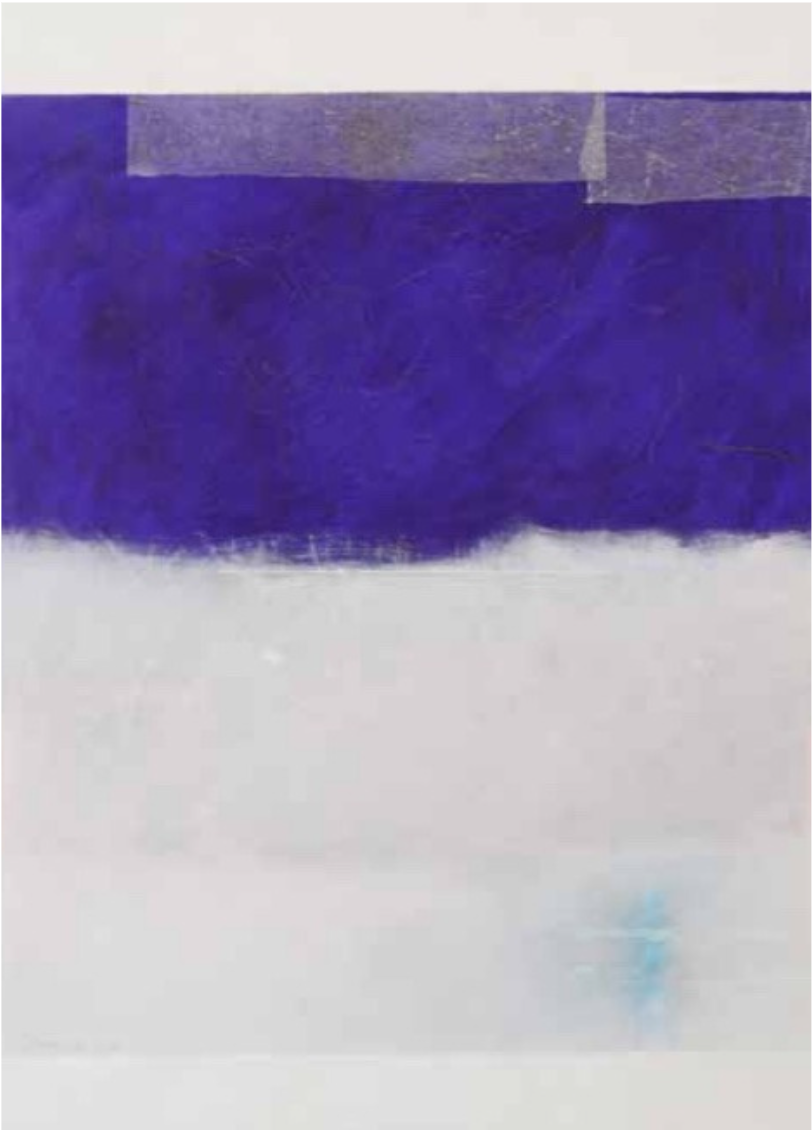
What challenges have you faced as a gallerist as a result of COVID-19?
Virtual exhibitions are not the same as having a crowd gathered in front of a piece of art in the flesh, shoulder to shoulder and chatting over champagne. Normally we’d do at least six events in a year. You can’t really replace that with anything virtual, so the challenge for us is how to be more creative. We still need to do exhibitions virtually, and we have private viewings as well, but a lot of the galleries in Jakarta and Indonesia are struggling with moving from in-person exhibitions to virtual.
I think through technology we can engage more people through educational content, for example, explaining how to collect and preserve works on paper, introducing different types of photography, sharing experiences from new collectors and experienced collectors and so on. We have to create these kinds of engagements through our website or social media, and feed our art friends with this kind of content too!
Sales are still doing well but in Indonesia, anything at a high price point that someone hasn’t seen in person is more difficult to sell because the exhibitions are all virtual. People know the price of something, but they need to see the hype in the gallery. While it’s been a good year and we’ve made sales virtually, in terms of value, it’s mainly the lower end of prices that are selling right now.
We’ve hired videographers to produce high quality materials rather than us trying to film home video-style content. I’ve also done Instagram lives with artists, and studio visits where some people were invited to come along. Other galleries don’t always want to spend money on this, because they see it as a cost rather than an investment. They don’t want to invest in new websites, apps or filming technology because they think they are losing money.
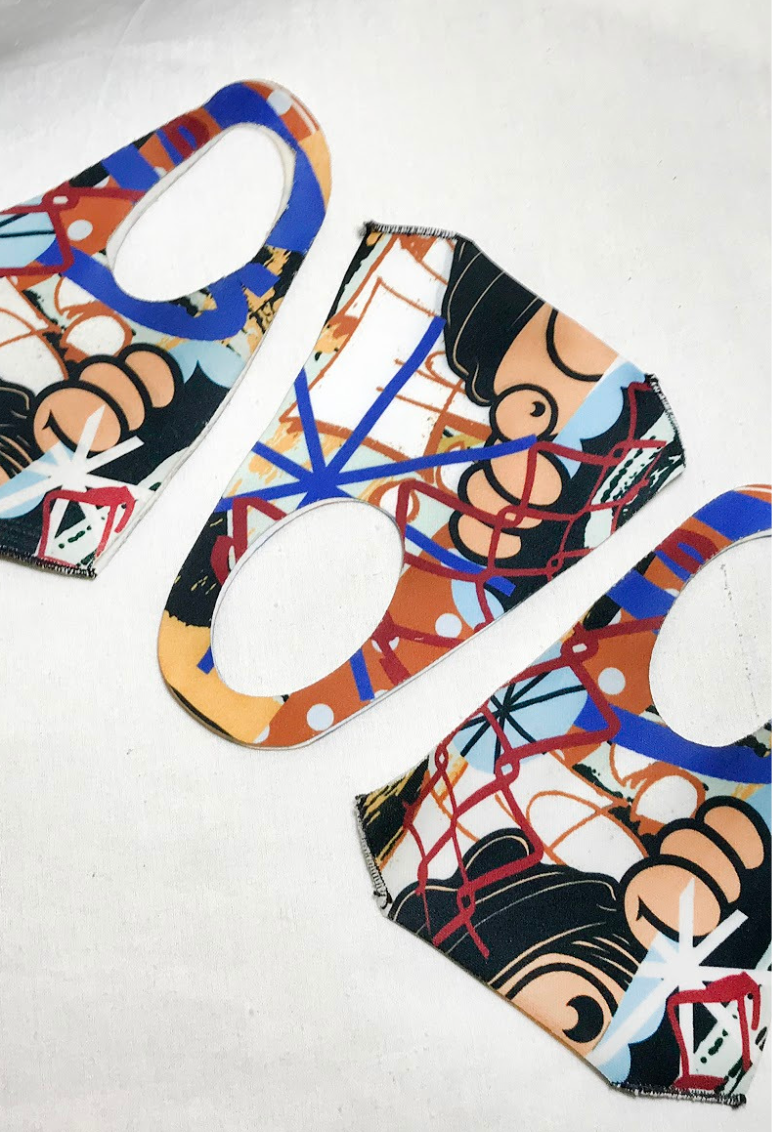
How else has COVID-19 changed the art industry in Indonesia?
Galleries and artists in Indonesia rely on our two big events and the Biennale each year, so the fact that those were cancelled has a huge impact on our art market. Galleries have to be creative in finding new ways to reach out to collectors or future collectors. With technology now, I’m focusing more on future collectors. The majority of the collectors I was engaging before weren’t that tech savvy, but we have to look to the potential of younger collectors.
Outside of art, what other pursuits – creative or otherwise – interest you?
I’m very much interested in health and wellbeing. I’m the chairwoman of the Indonesian Heart Foundation, a volunteer role I’ve been doing for more than 10 years. My husband had a bypass surgery when he was 42, so it’s an issue close to my heart. I feel like cardiovascular disease can be avoided – it’s all about lifestyle.
Where’s the first place you’re going after the pandemic restrictions are lifted?
I can’t wait to visit my two boys in the US next! I’m also excited for art fairs to come back.


